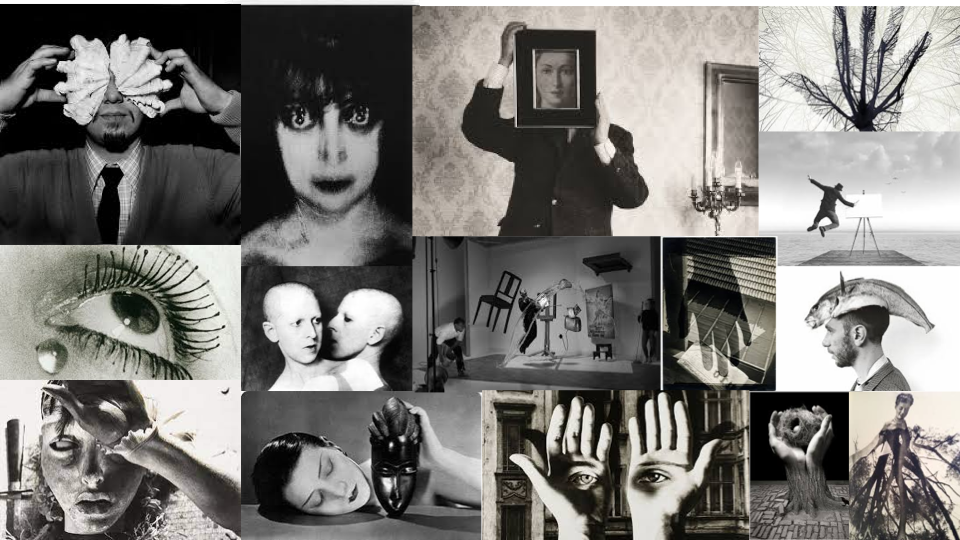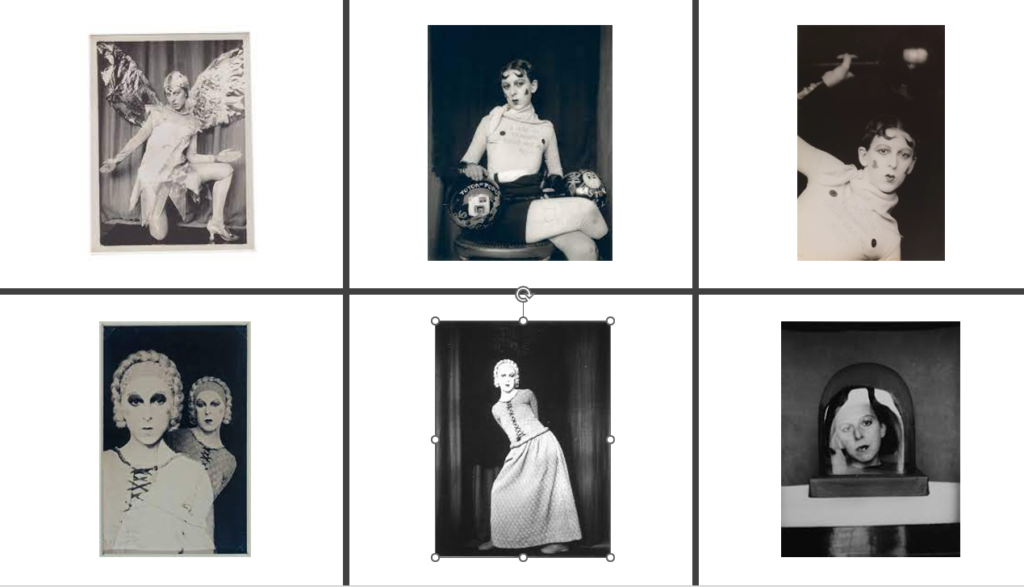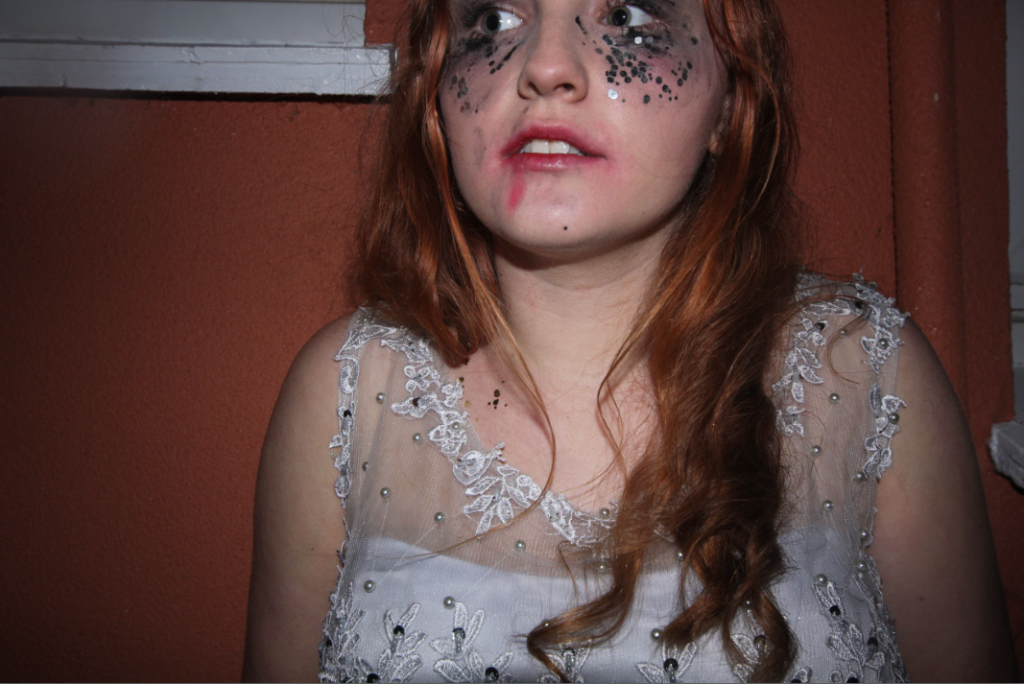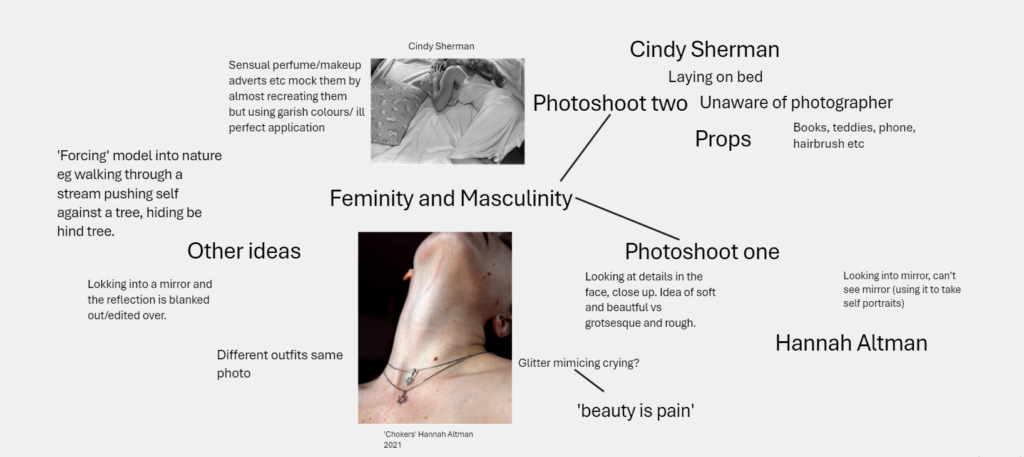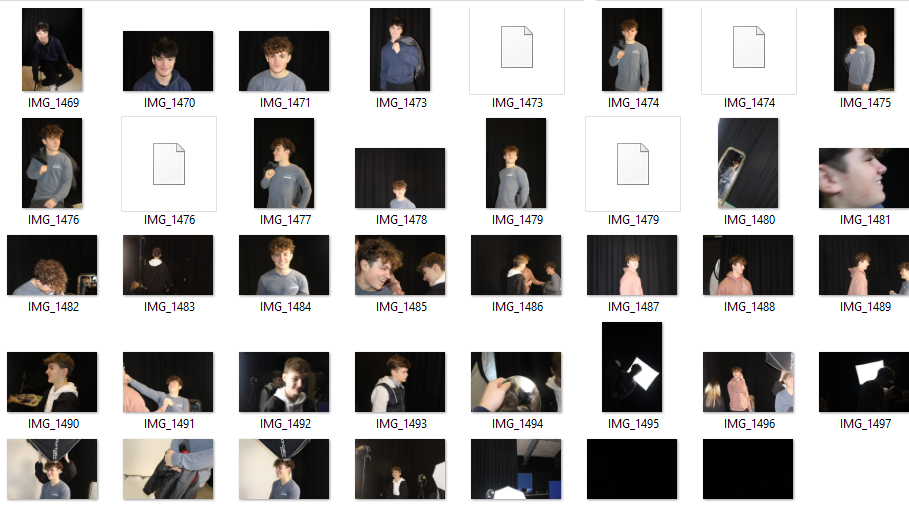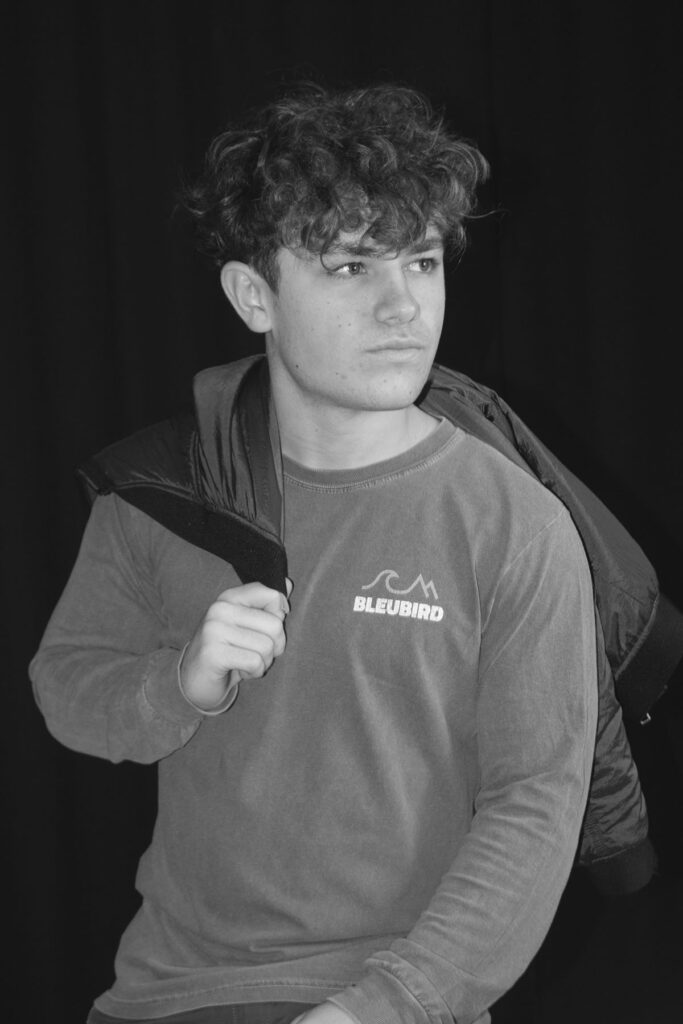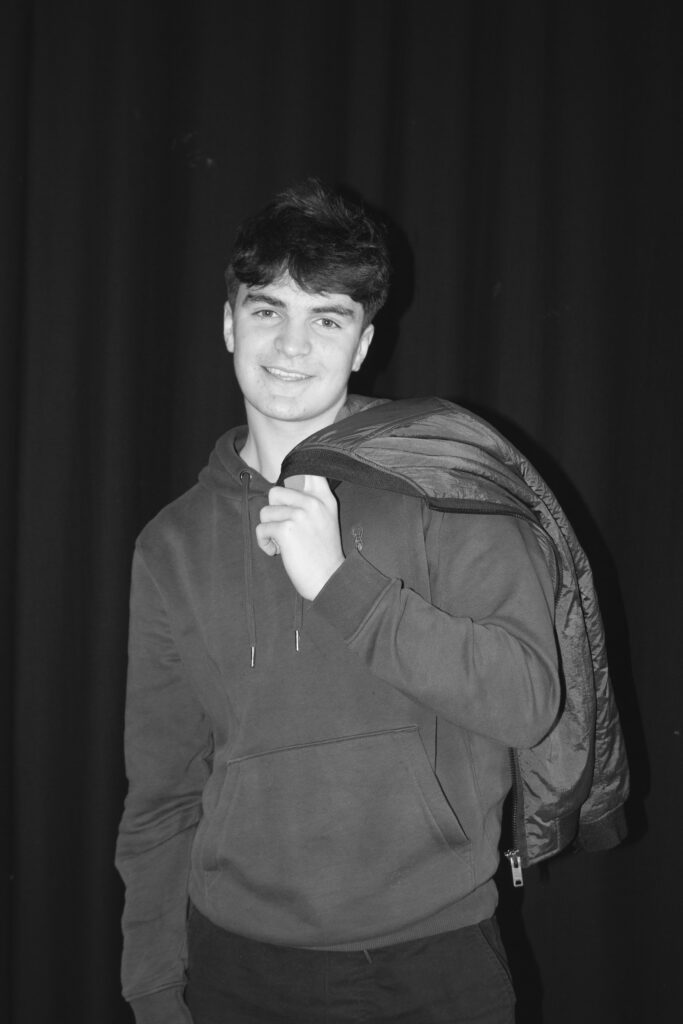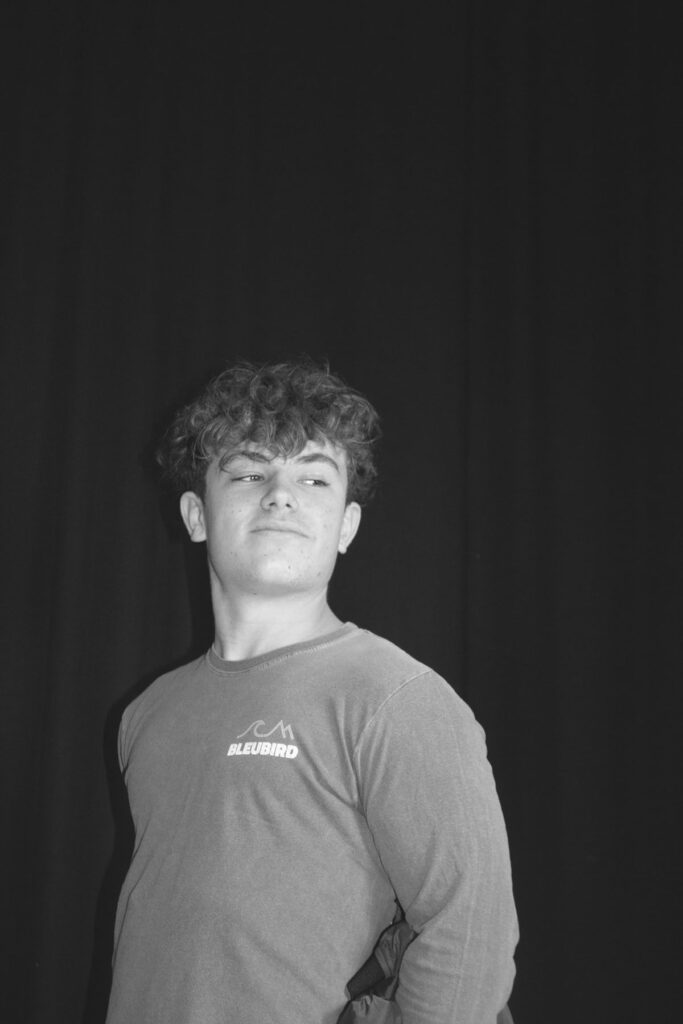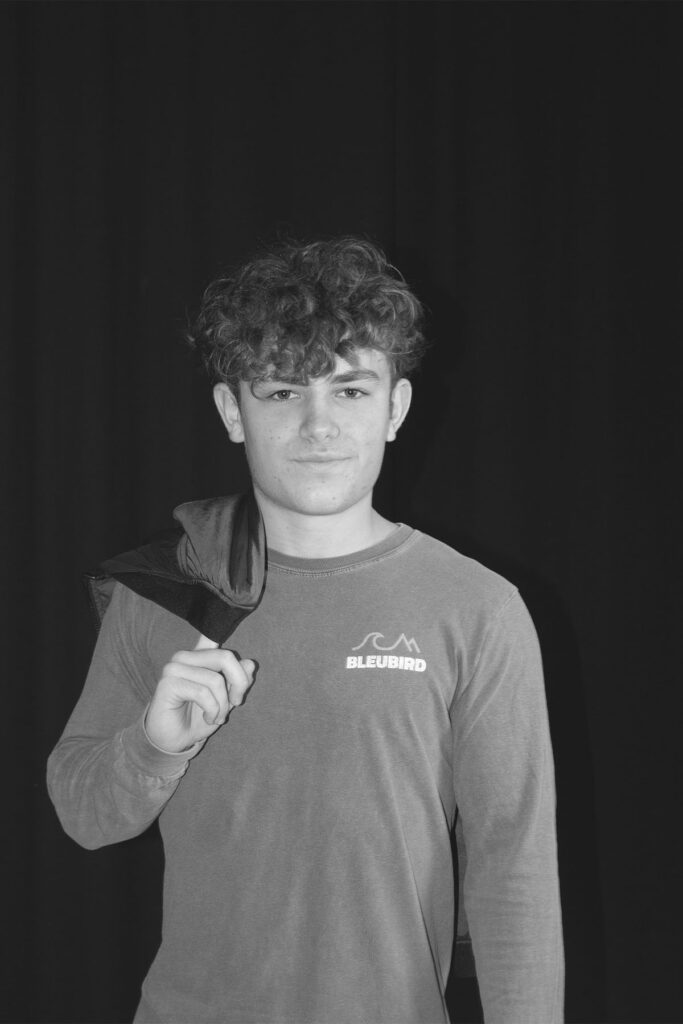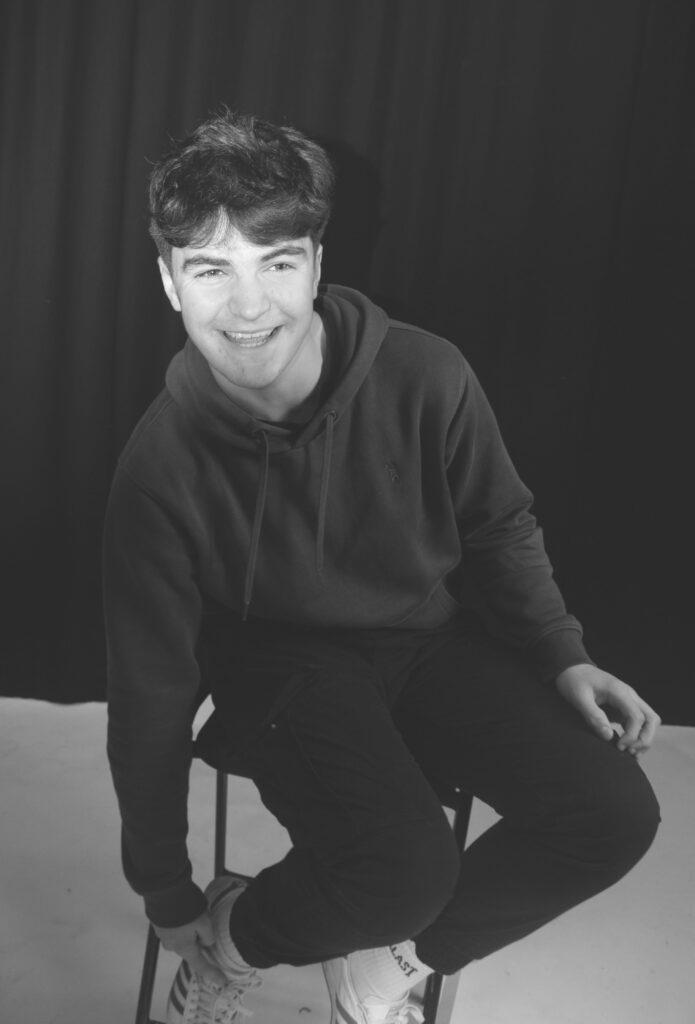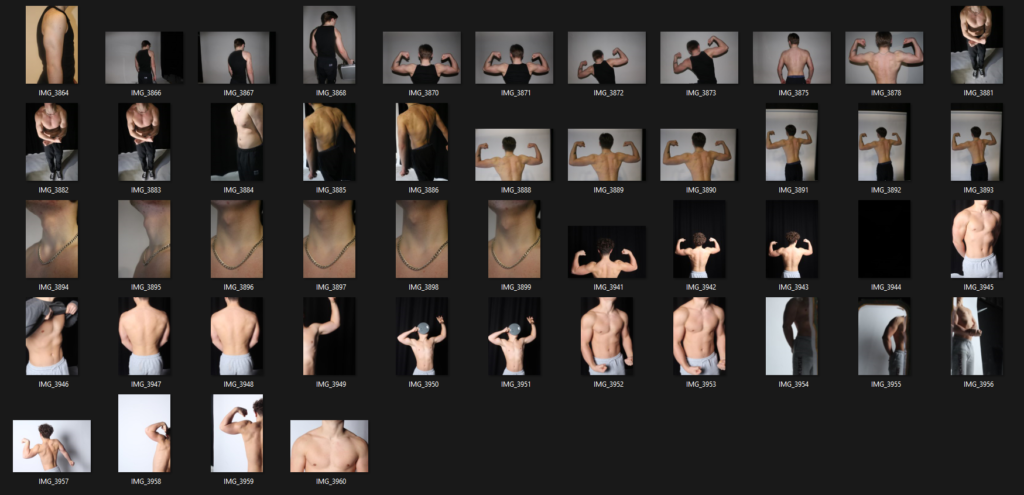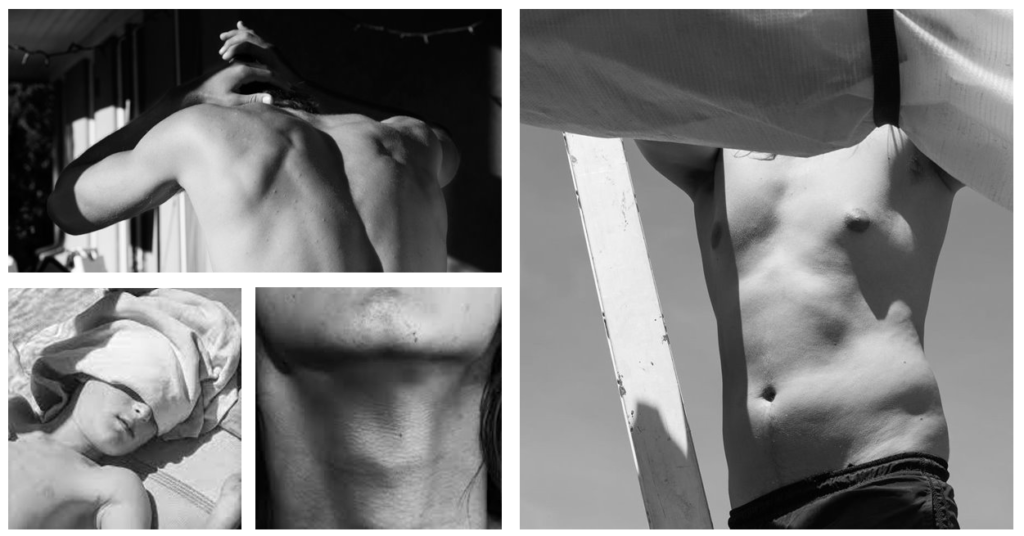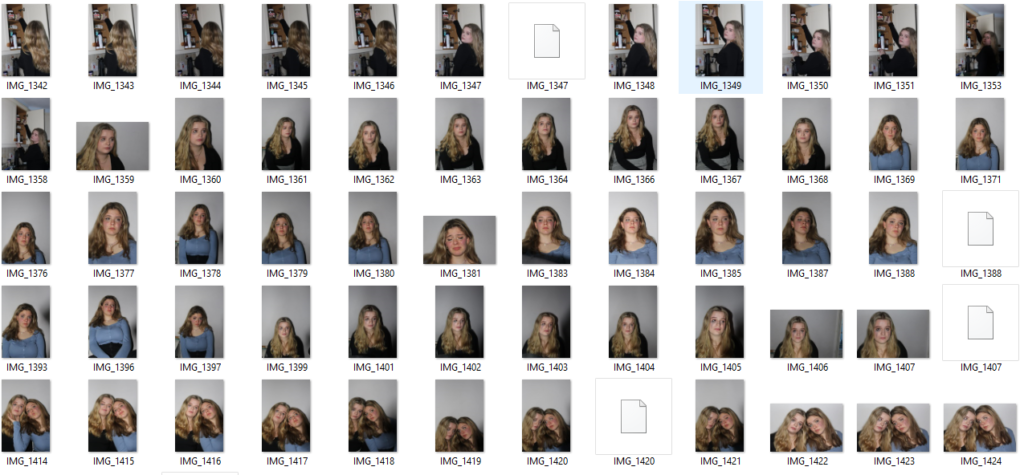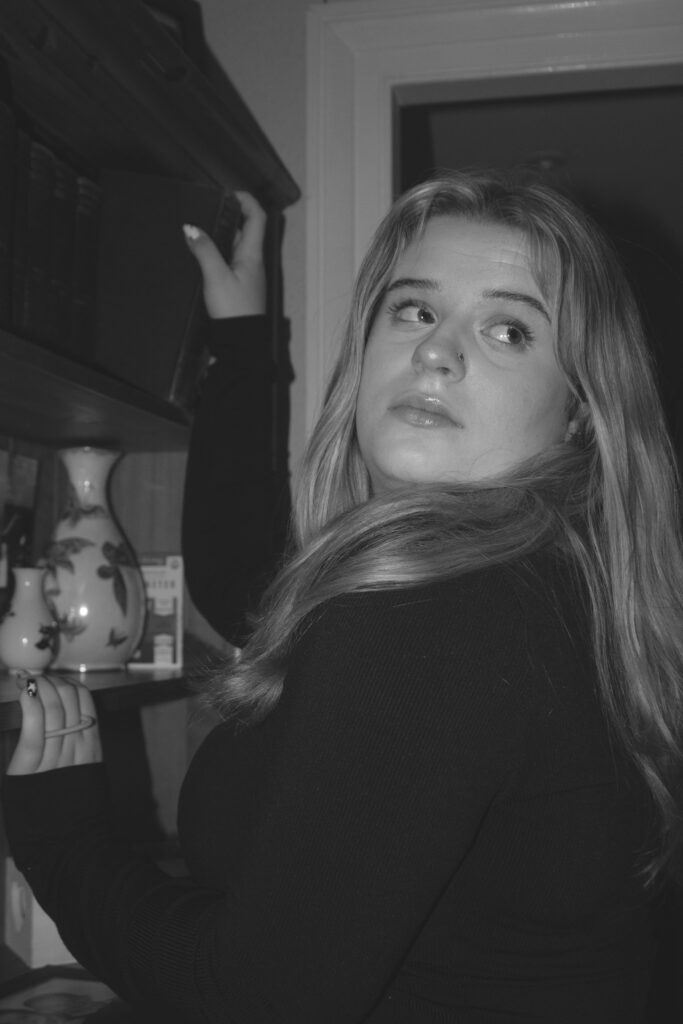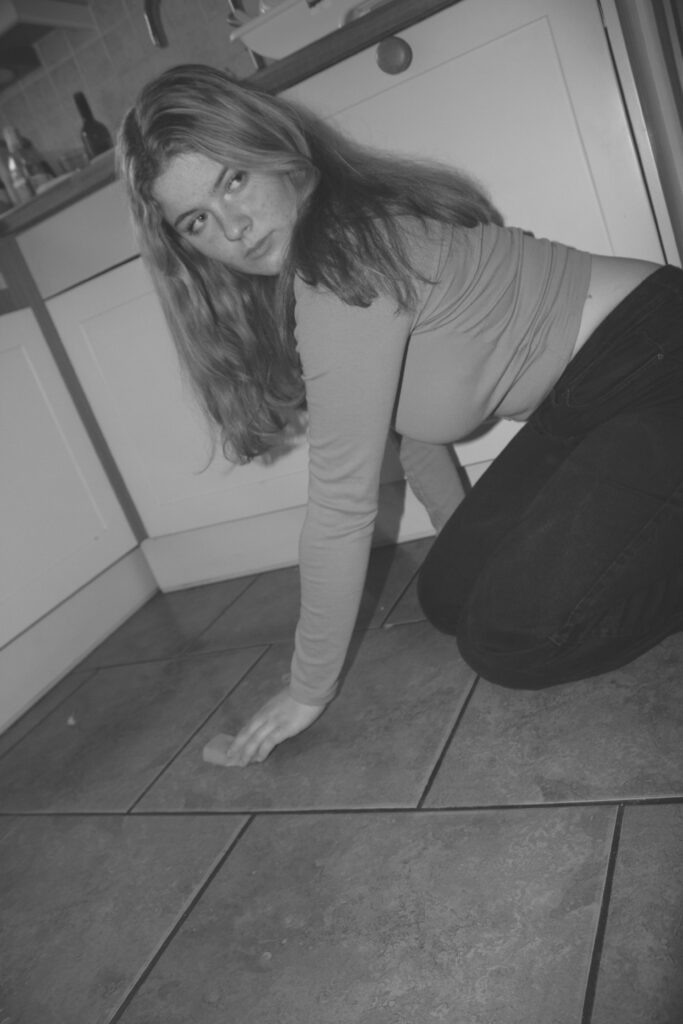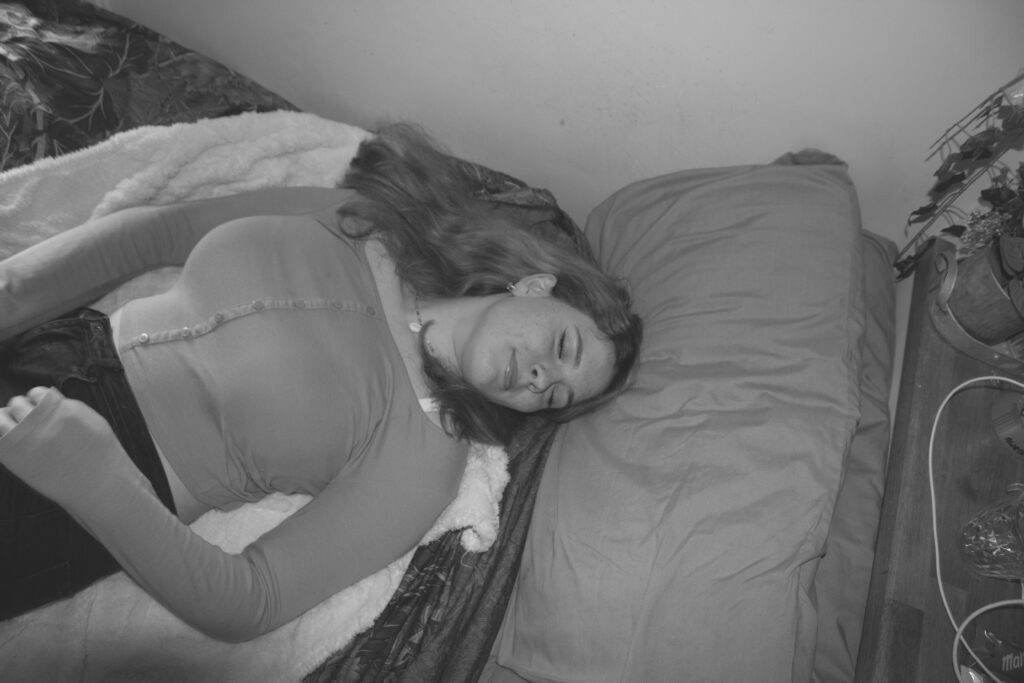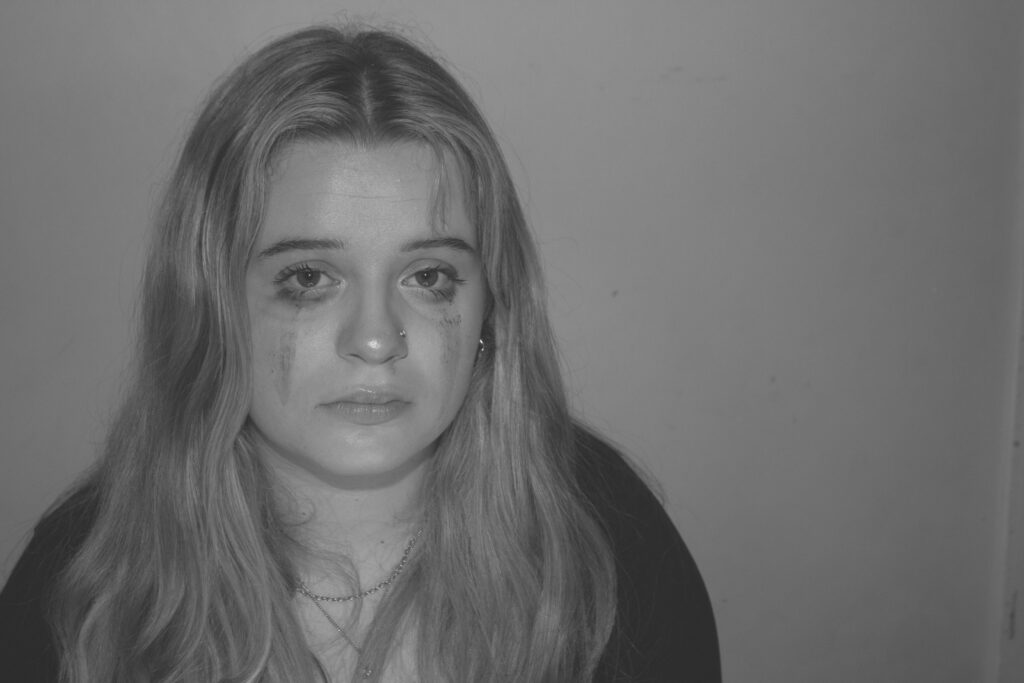
from the femininity shoot I found that these were the best images. These images portray femininity to me because these photos highlight the stereotypical woman, They highlight this because of things used such as makeup, flower and the mirror.
My ideas for the edits on this photoshoot:
1.For some of these images I will not do any major edits and put them into monochrome to link with Cindy Sherman’s photographs.
2. Also taking inspiration of Cindy Sherman I will use simple portraits that were taken in this photoshoot and recreate images similar to Cindy Sherman`s distortion images.
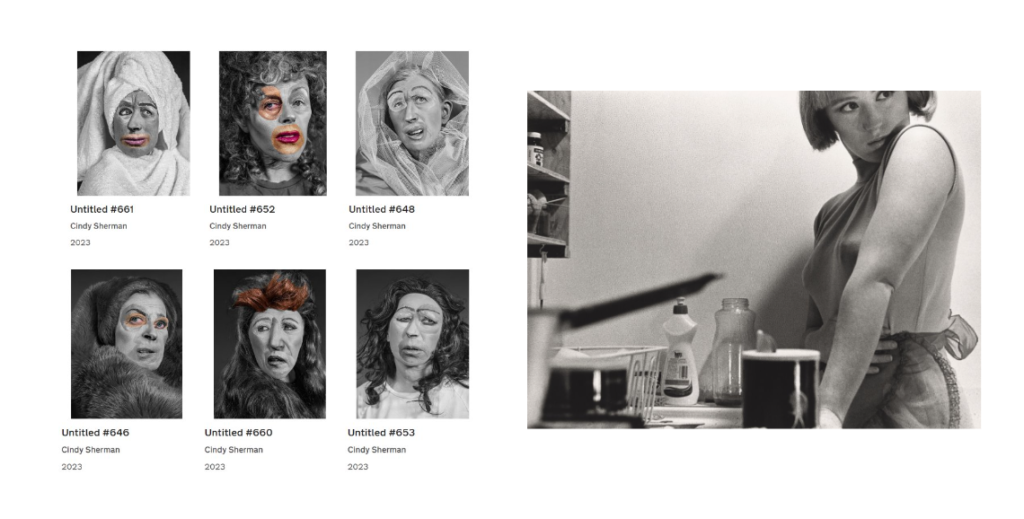
3. I feel like these images turned out pretty good, however they have this focus on beauty so for an edit it could be a good idea to put the model on a beauty magazine like vogue.
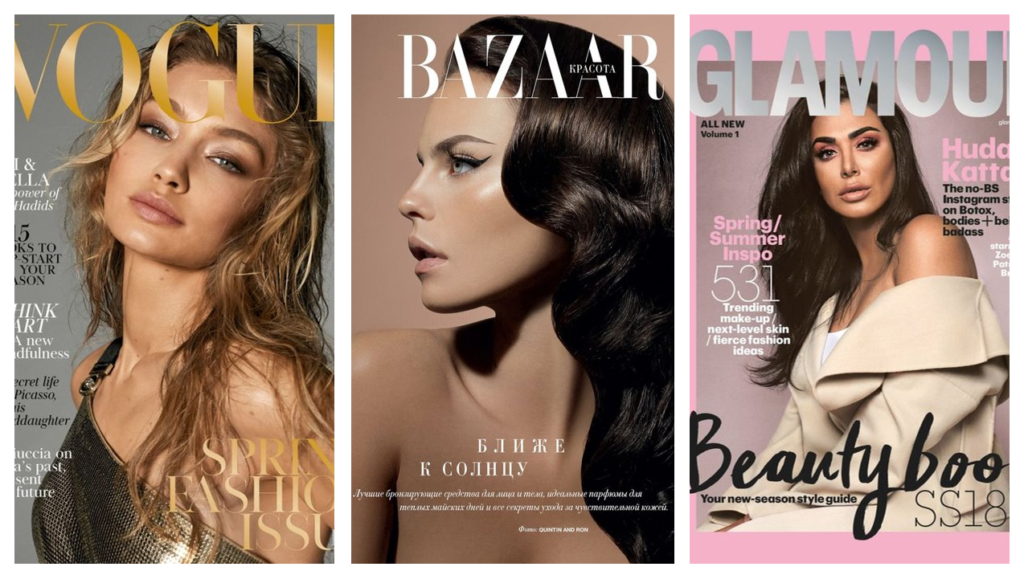
4. Another edit idea I can do is montage or double exposure, I think I could put 3 different images from this photoshoot on one canvas/document with some having a lower opacity than others.
5. Colour Splash, another possible edit I can do with these photos is a colour splash where the image is in black and white and a section or part of the image is normal/in colour.
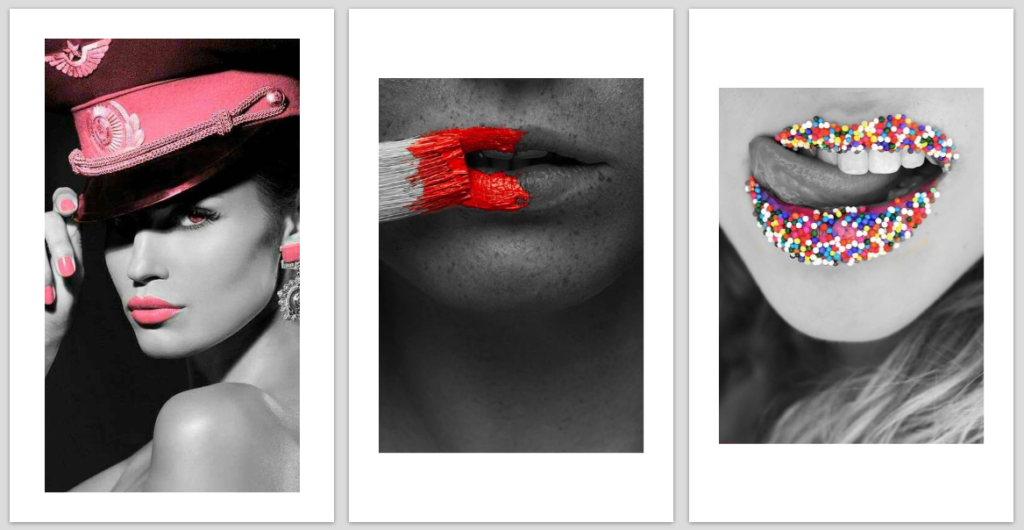
Masculinity Photoshoot

These are the best images From my masculinity photoshoot, This photoshoot was a good shoot however I could have took more photos, close ups of the models body to show the stereotypical masculine body in detail. This photoshoot links with my inspiration of Sam Contis, they link because both Sam Contis and my photographs show the masculine body and to really get my photos similar to photos by him I will put some into monochrome.
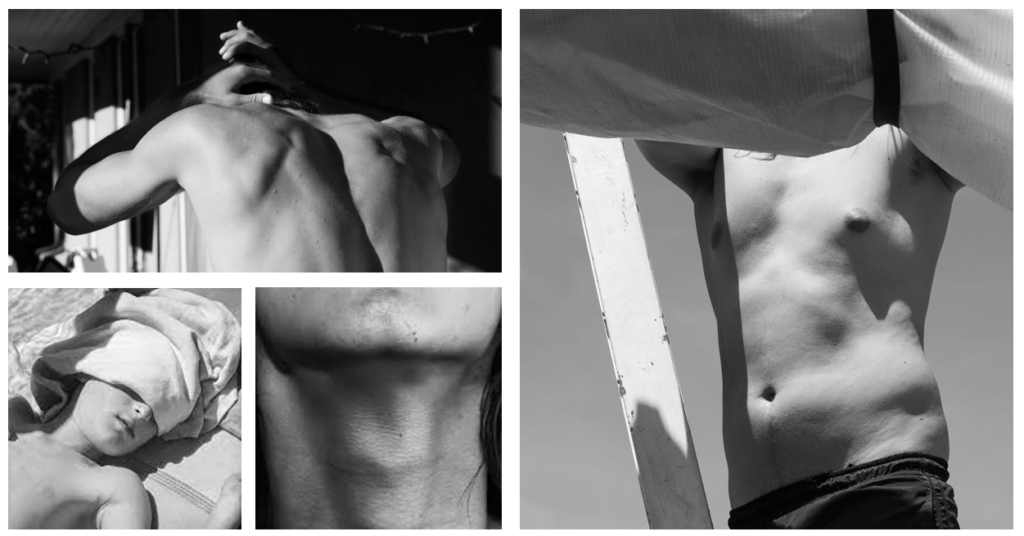
Other edit Ideas I can do with this photoshoot:
- Basic editing for example only changing the tone, exposure and etc to make the image look right.
- I can put many images on one canvas/document and show off different parts associated with the male body.
- Montage, I can take different parts of the models body cut it out into squares or other shapes, and rotate or desaturate and make it unnatural.
- Multi exposure.


